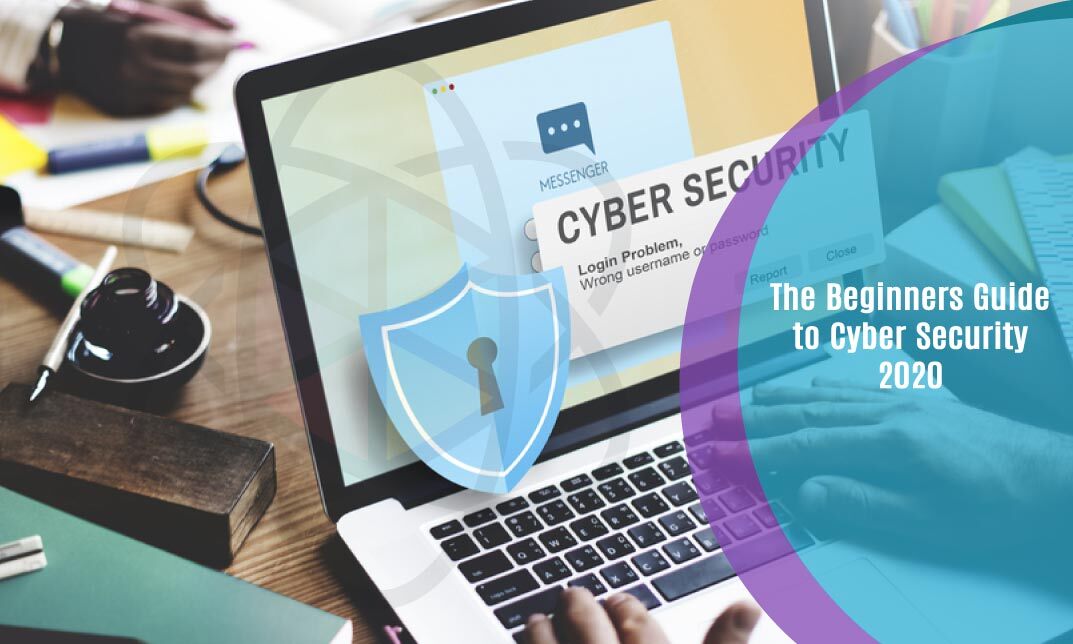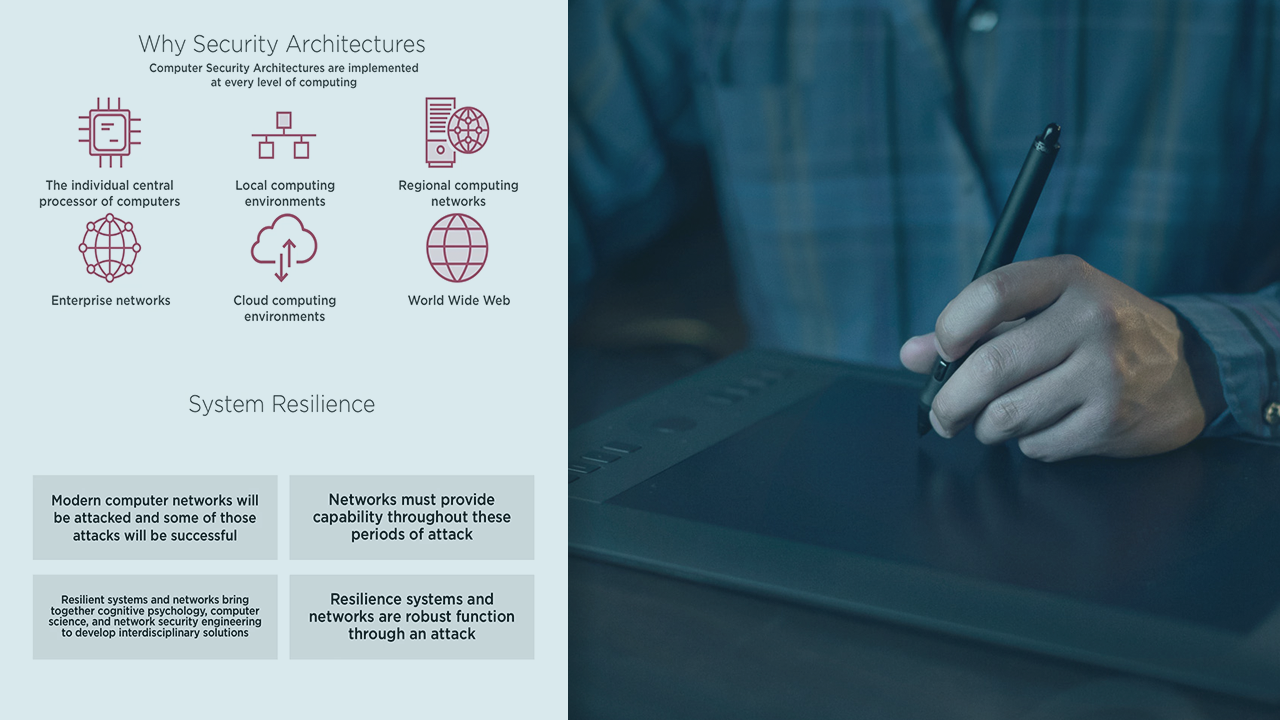In today's digital world, cyber security is no longer just a buzzword; it is a necessity. Whether you're an individual, small business owner, or a large corporation, understanding the basics of cyber security is essential for protecting your personal and financial data. As the internet becomes more integrated into our daily lives, cybercriminals are finding new ways to exploit vulnerabilities. Therefore, learning about cyber security is crucial for safeguarding your digital presence.
This guide aims to provide a comprehensive overview of cyber security for beginners. Whether you're new to the concept or looking to enhance your knowledge, this article will equip you with the necessary tools and information to protect yourself online. We'll cover everything from basic terminology to advanced strategies, ensuring you're well-prepared to face potential cyber threats.
Our focus is on delivering actionable advice and insights that align with industry standards. By the end of this guide, you'll have a clear understanding of the importance of cyber security and the steps you can take to protect yourself and your organization. Let's dive in!
Read also:Angus T Jones A Comprehensive Look At His Career Life And Legacy
Table of Contents
- Introduction to Cyber Security
- Why Cyber Security Matters
- Common Cyber Threats
- Protecting Your Personal Data
- Securing Your Devices
- Network Security Best Practices
- Password Management
- Phishing Attacks
- Staying Updated with Security Trends
- Conclusion
Introduction to Cyber Security
Cyber security refers to the practice of protecting systems, networks, and programs from digital attacks. These attacks are usually aimed at accessing, changing, or destroying sensitive information, extorting money from users, or interrupting normal business processes.
What is Cyber Security?
Cyber security encompasses a range of practices and technologies designed to safeguard digital assets. It involves protecting hardware, software, and data from unauthorized access and cyber threats. As technology advances, so do the methods used by cybercriminals, making it essential for individuals and organizations to stay vigilant.
Key Components of Cyber Security
- Application Security: Protecting software applications from threats.
- Information Security: Safeguarding data from unauthorized access.
- Network Security: Preventing unauthorized access to network infrastructure.
- Operational Security: Protecting processes and resources through secure procedures.
Why Cyber Security Matters
In an increasingly interconnected world, the importance of cyber security cannot be overstated. Cyber attacks can lead to significant financial losses, reputational damage, and even legal consequences. Understanding why cyber security matters is the first step towards building a robust defense system.
Financial Impact of Cyber Attacks
Cyber attacks can result in substantial financial losses for businesses. According to a report by Cybersecurity Ventures, global cybercrime damages are projected to reach $10.5 trillion annually by 2025. This staggering figure underscores the need for proactive cyber security measures.
Reputational Damage
A data breach can severely damage a company's reputation, leading to loss of customer trust and loyalty. In today's competitive market, maintaining a strong reputation is crucial for long-term success. Implementing effective cyber security strategies can help mitigate these risks.
Common Cyber Threats
Cyber threats come in various forms, each with its own level of complexity and potential impact. Understanding these threats is essential for developing an effective defense strategy.
Read also:Lynn Whitfield Daughter Exploring The Life Legacy And Family Connections
Malware
Malware, short for malicious software, includes viruses, worms, trojans, and ransomware. These programs are designed to disrupt, damage, or gain unauthorized access to a computer system.
Phishing
Phishing involves tricking individuals into providing sensitive information, such as passwords or credit card numbers, through fraudulent emails or websites. This tactic is commonly used by cybercriminals to steal personal data.
Denial-of-Service (DoS) Attacks
DoS attacks aim to overwhelm a system's resources, making it unavailable to legitimate users. These attacks can disrupt business operations and cause significant downtime.
Protecting Your Personal Data
Protecting personal data is a critical aspect of cyber security. With the rise of online transactions and social media, safeguarding your personal information has become more important than ever.
Data Encryption
Data encryption is the process of converting information into a code to prevent unauthorized access. By encrypting sensitive data, you can ensure that even if it is intercepted, it remains unreadable to cybercriminals.
Two-Factor Authentication
Two-factor authentication (2FA) adds an extra layer of security to your accounts by requiring a second form of verification, such as a text message or authentication app, in addition to your password.
Securing Your Devices
Your devices are the gateways to your digital world. Ensuring they are secure is vital for protecting your personal and financial information.
Updating Software and Firmware
Regularly updating your software and firmware is essential for patching security vulnerabilities. Manufacturers frequently release updates to address known issues and enhance security features.
Using Antivirus Software
Antivirus software helps detect and remove malicious programs from your devices. Installing a reputable antivirus program and keeping it updated is a crucial step in protecting your system.
Network Security Best Practices
Network security involves protecting your network infrastructure from unauthorized access and potential threats. Implementing best practices can significantly enhance your network's security.
Firewall Implementation
A firewall acts as a barrier between your network and external threats. It monitors and controls incoming and outgoing network traffic based on predetermined security rules.
Secure Wi-Fi Networks
Securing your Wi-Fi network with a strong password and encryption protocol is essential for preventing unauthorized access. Avoid using default passwords and ensure your network is hidden from public view.
Password Management
Strong password management is a fundamental aspect of cyber security. Weak passwords can easily be guessed or cracked by cybercriminals, making them a significant vulnerability.
Creating Strong Passwords
A strong password should be at least 12 characters long and include a mix of uppercase and lowercase letters, numbers, and symbols. Avoid using easily guessable information, such as birthdays or common words.
Password Managers
Password managers are tools that securely store and manage your passwords. They generate strong, unique passwords for each of your accounts and eliminate the need to remember multiple passwords.
Phishing Attacks
Phishing attacks remain one of the most prevalent cyber threats. These attacks often rely on social engineering techniques to deceive victims into revealing sensitive information.
Identifying Phishing Emails
Phishing emails often contain suspicious links, requests for personal information, or urgent calls to action. Always verify the sender's email address and avoid clicking on links from unknown sources.
Reporting Phishing Attempts
If you receive a phishing email, report it to your email provider or the relevant authorities. Many organizations have dedicated channels for reporting phishing attempts, helping to protect others from falling victim.
Staying Updated with Security Trends
Cyber security is an ever-evolving field, with new threats and solutions emerging regularly. Staying informed about the latest trends and advancements is crucial for maintaining a secure digital environment.
Subscribing to Security Newsletters
Subscribing to reputable security newsletters can provide you with up-to-date information on the latest threats and defense strategies. These resources often include expert analysis and practical advice.
Participating in Security Training
Participating in cyber security training programs can enhance your knowledge and skills. Many organizations offer free or low-cost training options, making it accessible for individuals and businesses alike.
Conclusion
Guardare completo: The Absolute Beginners Guide to Cyber Security 2020 has provided a comprehensive overview of the essential aspects of cyber security. From understanding common threats to implementing best practices, this guide equips you with the knowledge needed to protect yourself and your organization in the digital age.
Cyber security is a shared responsibility. By staying informed, adopting secure practices, and utilizing available tools, you can significantly reduce the risk of falling victim to cyber attacks. We encourage you to share this article with others and explore additional resources to further enhance your cyber security knowledge.
Feel free to leave a comment or question below. Your feedback is valuable to us and helps improve our content. Thank you for reading, and stay safe online!

